Sound quality and performance.
I had high expectations of the Playmate 2, being a big fan of the Burson ‘house sound’ exhibited in the Conductor 3. I was very pleased to hear that it is very much on display here in the newest, smallest Burson, which impresses right out of the gates. Reaching for my familiar Grado GH1 which is both a great revealer of detail and also any sense of harshness (they can get a little fatiguing and ‘glare-y’ with certain sources), I fired up track #1 from Radiohead’s Kid A, ‘Everything in Its Right Place’. That familiar wave of gently rolling synth bounced along with a wonderful sense of richness, sounding lush, full and alive. The Playmate 2 gives a beautifully detailed performance that is nuanced, revealing and yet with just enough hint of Class-A lushness to imparts a nice sense of immersion into your music collection. This isn’t a warts-and-all, starkly revealing amplifier like the THX-based amps of the world, nor the Topping A90 – this is a real lean-back and ‘bliss-out’ sort of affair. I like it.
Like I mentioned before, the Playmate 2 gets low-impedance headphones loud, quickly. There is absolutely no noise floor over the GH1, but I didn’t need to go any louder than ‘04’ on the volume pot to get a spirited performance out of it. Reaching for a harder-to-drive headphone in the 300-ohm Sennheiser HD600 requires a few twists (quite a few, in fact) on the wheel up to ‘30’ to reach the same approximate sound pressure level. The Playmate 2 is a lovely pairing with the neutrally-tuned HD600, which can be quite the chameleon when it comes to amp pairings. The 2019 ‘Super Delux’ edition of The Beatles’ seminal Abbey Road album is one of my favourite recent remasterings of The Fab Four, and it is a textural delight with the venerable Senns. The string section in ‘Golden Slumbers’ sounds absolutely perfect with the Playmate 2 pairing, with the pluck of the bass guitar sounding absolutely spot-on – it sounds analogue, for want of a better word – exactly what we’re looking for out of a digital device, right?
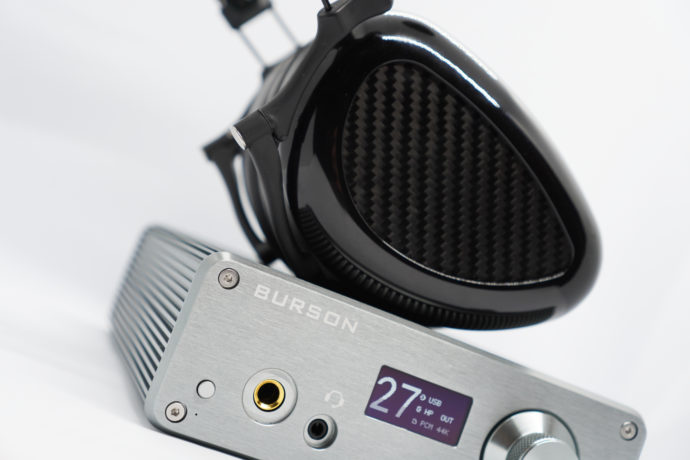
The 13-ohm, 92dB Aeon 2 Noire from Dan Clark Audio is a pretty demanding load on a headphone amplifier and requires a switch of the Playmate 2 over to high-gain mode to get both more juice into those planar drivers as well as more useful volume control out of the volume pot. Cranking the pot up to ‘25’ gets the Playmate 2 up to appropriate Guns N’ Roses listening levels, for an enjoyable session with the sprawling-ly outrageous double act that is Use Your Illusion parts I and II. While there’s plenty of power and abundant detail in the Aeon 2 Noire, it is an ever so slightly laid-back performance. The warm characteristics of the Playmate 2 take a bit of bite and sizzle out of the treble which is especially noticeable in cymbals, as well as the attack of the guitar parts.
In terms of its overall sonic characteristics, the Playmate 2 is better suited to those looking for a lusher, retrained and ‘musical’ sound rather than those of you looking for a microscopic look into the nuances of a recording. Don’t get me wrong – the detail is all in there, but it’s not force-fed into your brain. The Playmate 2 is a good option for leaning-sounding or more neutral headphones, but potentially too laid-back for smoother, warmer headphones like the Sennheiser HD650, which it tends to ‘smear’ into a thicker, more intimate presentation rather than giving you a more spacious, airy experience.
Playmate 2 vs Schiit Audio Asgard 3
The Class-A/B (mostly Class-A biased) Asgard 3 from Schiit Audio creates an interesting point of comparison against the more expensive Playmate 2. At $299 USD with the AKM 4490 DAC or $399 with Schiit’s own Multibit DAC card installed (or, $199 for ‘just’ the amp), the Asgard 3 presents a viably more affordable, albeit less digitally-equipped option for the would-be purchaser looking for a single-ended, all-in-one desktop solution. The Burson definitely presents a more practical option thanks to its remote, optical input (the Asgard 3 DACs have a USB input only), and multifunction display which offers greater control over the digital and amp settings. The Asgard 3 is a simpler, more ‘purist’ design offering a traditional (yet excellent) potentiometer, but also allows users to add a line-level input of their choice in addition to the onboard DAC card. Sonically, they’re very different-sounding amplifiers. The laid-back characteristics of the Playmate 2 are abundantly on display over the HD650 during back-to-back listening of The Cult’s 1987 record ‘Electric’.
After I’d grouped the two DACs together in Roon and volume-matched the two devices, I actually had to check that I hadn’t left some kind of DSP setting left on with either of the two amps – the differences were that apparent. The Asgard 3 is a far more vivid (ironic, considering the op-amps installed in the Playmate 2) and aggressive sounding amplifier, offering spades more energy, attack, and treble information. The more powerful Asgard 3, which ekes out a whole 600 mW at 300 ohms (versus the 150 mW of the Playmate 2) is also able to offer a more controlled and visceral bass experience, with a greater sense of slam and speed.
Playmate 2 vs Topping A90
While Topping’s $499 USD A90 comes in a fraction cheaper than the Playmate 2, it is a straight-up analogue amplifier and doesn’t pack an onboard DAC nor many of the Burson’s features – you’re going to need to plug it into a source to make music ‘go’. It’s also a very different sort of device from a manufacturing philosophy sense. Using a Nested Feedback Composite Amplifier (NFCA) topology rather than the Class-A discrete design of the Playmate 2, the A90 is built for power, precision and out-and-and measurement – it’s a transparent window into your source material, rather than being built for enjoyment and subtlety, like the Burson. ‘Roses’ by Outkast shows off the stark differences between the two amplifiers, with André 3000’s sounding a full two steps back from the microphone over the Playmate 2, compared to the far more immediate and present-sounding mid-range of the A90. Treble detail is much more laser-like and focused on the A90 over the HD650, which tends to sound almost gentle by comparison. The soundstage is far more diffuse over the A90, whereas the Playmate 2 offers more of a comfortable ‘helmet’ of sound. Bass, however, is more emphasized on the Playmate 2, offering more impact and macro-dynamics, yet doesn’t match the A90 for speed and precision.
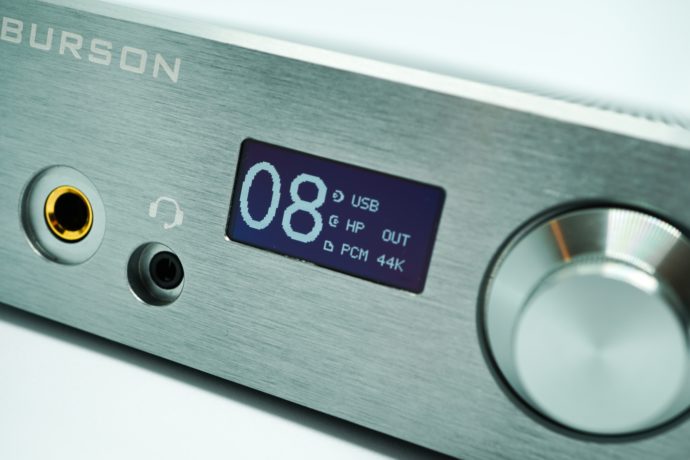
Final Thoughts
Burson has made a compelling offering for the audiophile who is looking for a great value and capable all-in-one unit in the new Playmate 2. It’s easily the best-looking and best-built unit on the market under a grand (you’ll get quite a bit of change from a grand, in fact at $544 USD), and its remote and user interface offers you terrific control over its functionality – it’s an easy to love, and easy to live with device. It’s better paired with high impedance dynamic and planar magnetic headphones, allowing you to take advantage of its buckets of power without needing to worry about balanced cables and a bunch of other ‘boxes’ to create a first-rate listening setup. If you like a richer, warmer sound signature and plan on listening via digital sources, then the Playmate 2 is a strong recommendation for a device that you’ll want to have pride of place on your desktop long into the future.





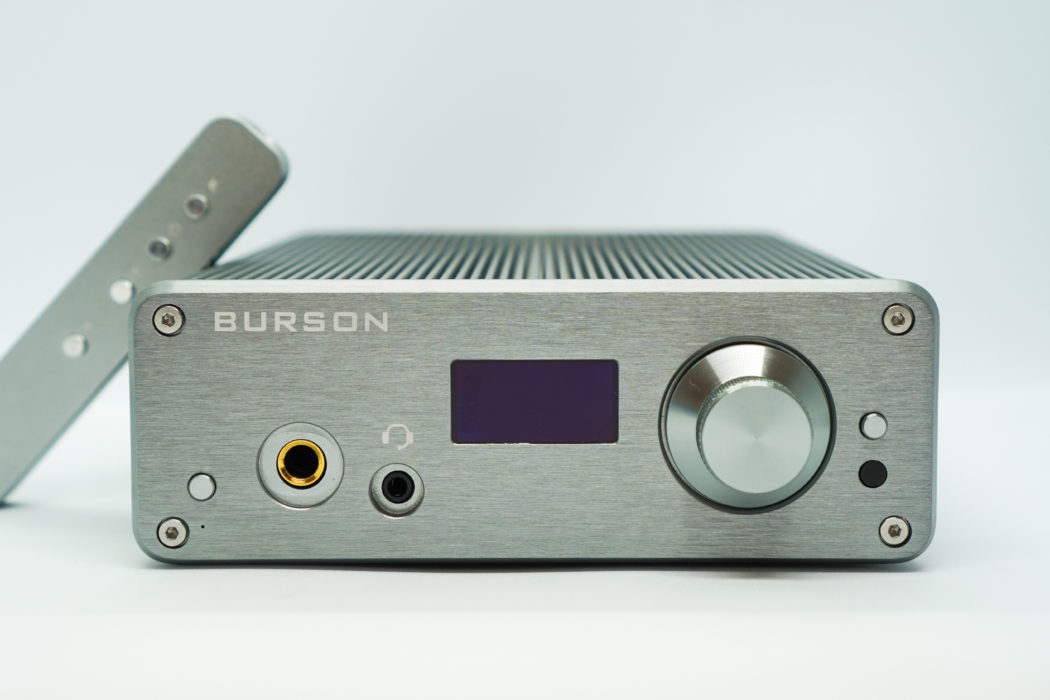
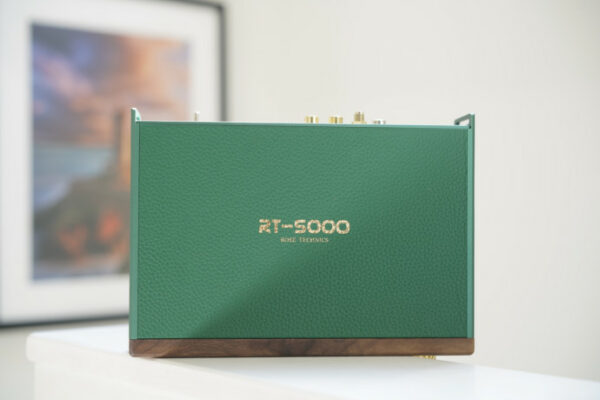
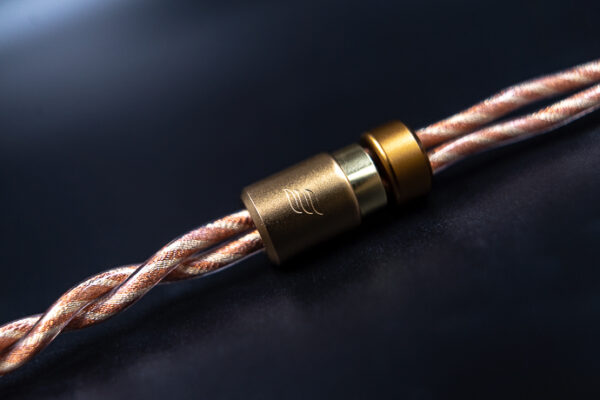
Ric
A great review Matty. I have the PM2 and love it and so does my Audeze LCD-1. One thing that came out twice in your review is the ability to change from high to low gain (and reverse) by using the menu function. From what I’d read I thought this had to be done via a switch inside the case. If you can change the gain from the menu could you give me (and others) instructions as to how to achieve it.
Matty
Thanks mate. If you look at the image of the menu on page 2 of the review, you’ll see an option for ‘Pre LV’ which is switchable between low and high.
Andy
This seems to be a relatively new product and there’s not many reviews foe it. I picked up the Playmate 2 today, having heard the Conductor through both my HD700 and Focal Clears. Really enjoyable sound. Conductor 3X was a bit out of my budget and was looking at Topping DX7 and whatnot.
Basically took a chance but after reading your review, glad to report that the buyers remorse is fading 🙂 the industrial language is really attractive.
stuart neill
Hi Andy,
I am considering a PLAYMATE 2 + Focal Clear combo…
Are you able to make fine adjustments to the volume when using your Focal Clears?
The review mentions “..and the 55-ohm Focal Clear was comfortable loud at ‘10’ in low gain. ”
– sounds like you can only use 0-10 (out of the 99 steps available)
This suggests there is limited ability to make fine adjustments to the volume level?
Matty
Hi Stuart, I don’t listen very loudly (+/- 75dB) so you ought to have plenty of usable range in low gain.
stuart
Hi Matty,
Thanks for your reply, so you used volume level 10 in low gain using Focal Clear to get to your comfortable level?
This limited volume range stills allows for fine adjustments?
It just seems quite limited versus the 0 -99 range available…
JDOG889
Great writing as per usual, Matty! Any thoughts on whether these would pair well with the Focal Radiance? Loving them so far off of my Qudelix dongle, but as I’m looking for a desktop solution, the only think I could ask for is more soundstage–which it sounds like this might provide.
Matty
Hi mate, I’ll report back in a day or two – I’ll give this combo a whirl.
Martin
Nice review Matty! I noticed you guyes have reviewed the Hifiman Ananda some time ago, but do you any idea if that headphone can pair up nicely with the Playmate 2 (are they a good match basically)? I looking to find a decent desktop amp for the Ananda so….
Matty
The Ananda is a pretty sensitive planar, I’m sure the Playmate 2 will make a great match with it.
Joshua
Hi Matty,
I wondering if you ever heard this with the Arya’s (v2) , looking to see if that would be a good pairing?
Thanks!
Matty Graham
I haven’t mate, but I’m pretty confident it’d be a pretty solid match.
Joshua
Thanks!
Catalin
Hi there
Any clue about how this would perform with a denon ah-d7200 please? I like burson a lot, just worried about being mid forward, over same ah-d7200 sound signature
Thanks
Michael
Thanks for the Test
But one question. I do not read anywhere on the internet and also not at burson on the data sheet the numbers for the analog preout, only 15ohm is written everywhere. How high is the voltage range of the preout then
Best regards
Matty Graham
Hi Michael, I’m not sure but the line-level signal it sends out sounds pretty strong, suggesting that it’s at least 2 volts.
Rafael
Hi Matty! I own a pair of Arya’s the V2’s and currently waiting for my Sennheiser HD 660s’s to arrive. Thinking to upgrade from my Magni/Modi stack to Playmate 2 as I really like the aesthetic of Burson brand. Will there be any significant improvement in sound for those 2 particular headphones in your opinion?
Mike
What you suggest for DAC/AMP with analogue inputs for vinyl listening?
Tony
Link to page two is broken (one redundant dot after “www”).
Thanks for the review, enjoying it just now.
Lieven
Thanks! Corrected
Dom Jelly
Hi Matty
You say that the Senheisser HD 650’s aren’t the best match, is that also true of the HD660s2’s?
Thanks so much
Dom
Lieven
Unfortunately Matty is no longer part of the Headfonia writing team